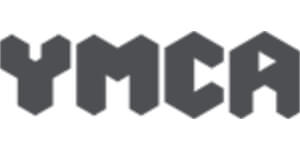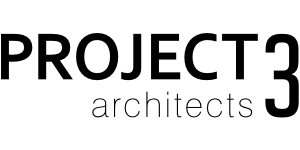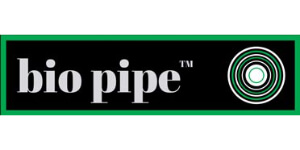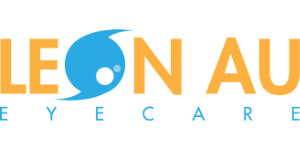
Linking is an essential part of website development and management. While creating hyperlinks within a website, you have probably come across terms like "relative links" and "absolute links." Understanding these concepts and their applications is key to an effective and efficient web development process. In this post, we'll delve into the differences between relative and absolute links, explore their benefits and drawbacks, and examine their impact on factors like speed, security, and SEO.
Understanding Relative and Absolute Links
Before we dive in, let's ensure we all understand what we're talking about. Absolute links, also known as absolute URLs, provide the entire URL path, starting from the protocol (HTTP or HTTPS), domain name, and the specific file or page location on the server.
For example, https://www.example.com/images/pic1.jpg is an absolute link.
On the other hand, relative links, or relative URLs, provide the path related to the current page without specifying the whole URL.
If the current page's URL is https://www.example.com/blog/, a relative link to the same picture would be ../images/pic1.jpg.
Relative vs. Absolute Links: The Pros and Cons
Relative links have the benefit of being short and neat. They can make your HTML cleaner, and easier to read and maintain, especially for large websites with numerous internal links. Furthermore, they are convenient when migrating a website from one domain to another, as they don't reference the domain directly.
However, relative links may lead to broken links if the site structure changes. They can also confuse search engines when they attempt to follow the links, particularly when dealing with complex directory structures.
In contrast, absolute links avoid the ambiguity and potential confusion of relative links. They are exact, providing the full path to a resource, regardless of the current page's location. Search engines find absolute links easier to crawl and interpret, which can be beneficial for SEO.
On the downside, absolute links make your HTML longer and messier. If you decide to move your website to a new domain, you'll need to update every single absolute URL, which can be a labour-intensive process.
Security, Speed, and SEO
When it comes to security, there isn't a significant difference between relative and absolute links. Both are secure if the right security measures are implemented, such as using HTTPS instead of HTTP.
As for the website speed, there is no clear winner either. The size of an HTML document may increase slightly with absolute URLs, but it's unlikely to cause a noticeable difference in loading times, especially with modern internet speeds and browser optimization.
The realm of SEO, however, is where the two types of links diverge significantly. While it was traditionally argued that relative links can potentially cause duplication issues with search engine indexing, most modern search engines have become smarter at interpreting relative links. That said, using absolute URLs can still offer an extra layer of assurance that your pages will be properly crawled and indexed.
Conclusion: Which is Better?
The choice between relative and absolute links largely depends on your specific needs and the complexity of your Joomla website. If you have a large site with a complex structure, absolute URLs may be more advantageous, especially from an SEO perspective. However, for simpler sites or when preparing for a domain migration, relative links can offer convenience and cleaner code.
Ultimately, understanding the benefits and potential drawbacks of both can help you make an informed decision. In the ever-evolving landscape of web development, it's essential to stay informed and flexible, optimizing your site for user experience, efficiency, and search engine visibility. Happy coding!























